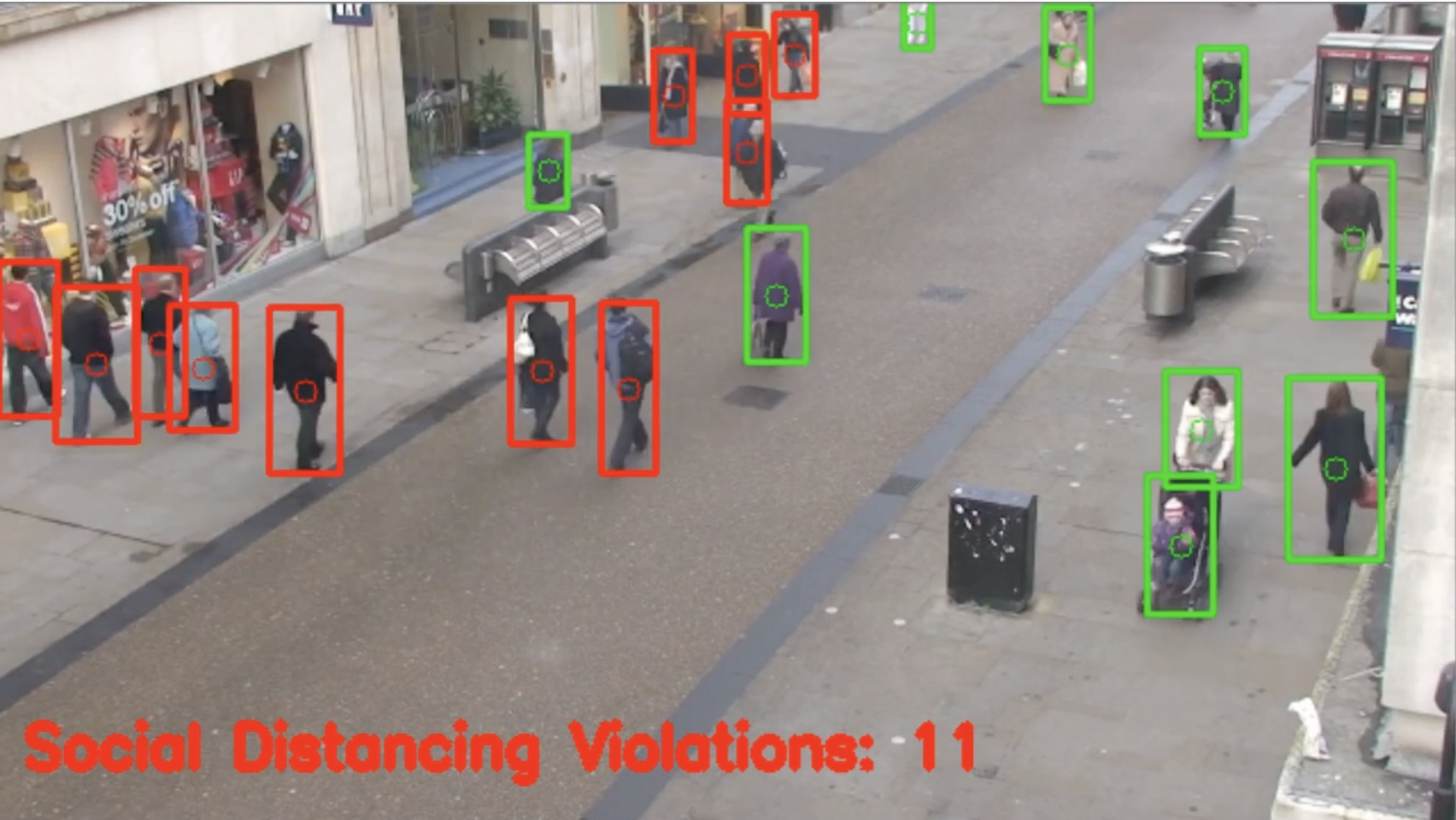By Mira B., Age 14
Many people use social media apps such as Instagram or Snapchat, which have face filters for people to take and post pictures of themselves. But many people do not realize how these filters are created and the technology behind how they fit people’s faces almost perfectly. The mechanics behind face filters was originally created by a Ukrainian company called Looksery; they used the technology to photoshop faces during video chats. Snapchat bought their algorithm, called the Viola-Jones algorithm, and created the face filters seen in many social media apps today.
Creating face filters is more difficult than you may think, so I’ll break it down into five key steps:
The first step is face detection. The image is initially viewed in ones and zeros, so the algorithm scans the image, looking specifically for color patterns. This can include finding that the cheek is lighter than the eye or that the nose bridge is lighter than surrounding areas. After detecting these patterns, a face can be distinguished in the camera.
The second step is the landmark extraction. Using specific algorithms in a 2D image, facial features such as the chin, nose, forehead, etc are determined.
The third step is face alignment. The coordinates of landmarks on people’s faces are taken to properly fit the filter to a particular face.
The fourth step is 3D mesh. Using the 2D image, a 3D model of the user’s face is built to fit the filter animation to a specific face.
The last step is face tracking, which approximates and locates the 3D mask in real time. This allows the user to move their face without the filter disappearing or moving to an incorrect location.
Another way to think of these steps is to imagine a human body. The landmarks identified in a 2D image serve as the skeleton for the future mask. Similar to how bodies differ in shape, so do people’s face structures. Using face alignment, the filter matches with the coordinates of landmarks from a certain face. People’s skin makes them look the way they are and 3D mesh step is like aligning the skin to the skeleton. Similar to how bodies move while keeping the skeleton, skin and muscle together, face tracking follows the face to make sure the filter stays on the right coordinates.

